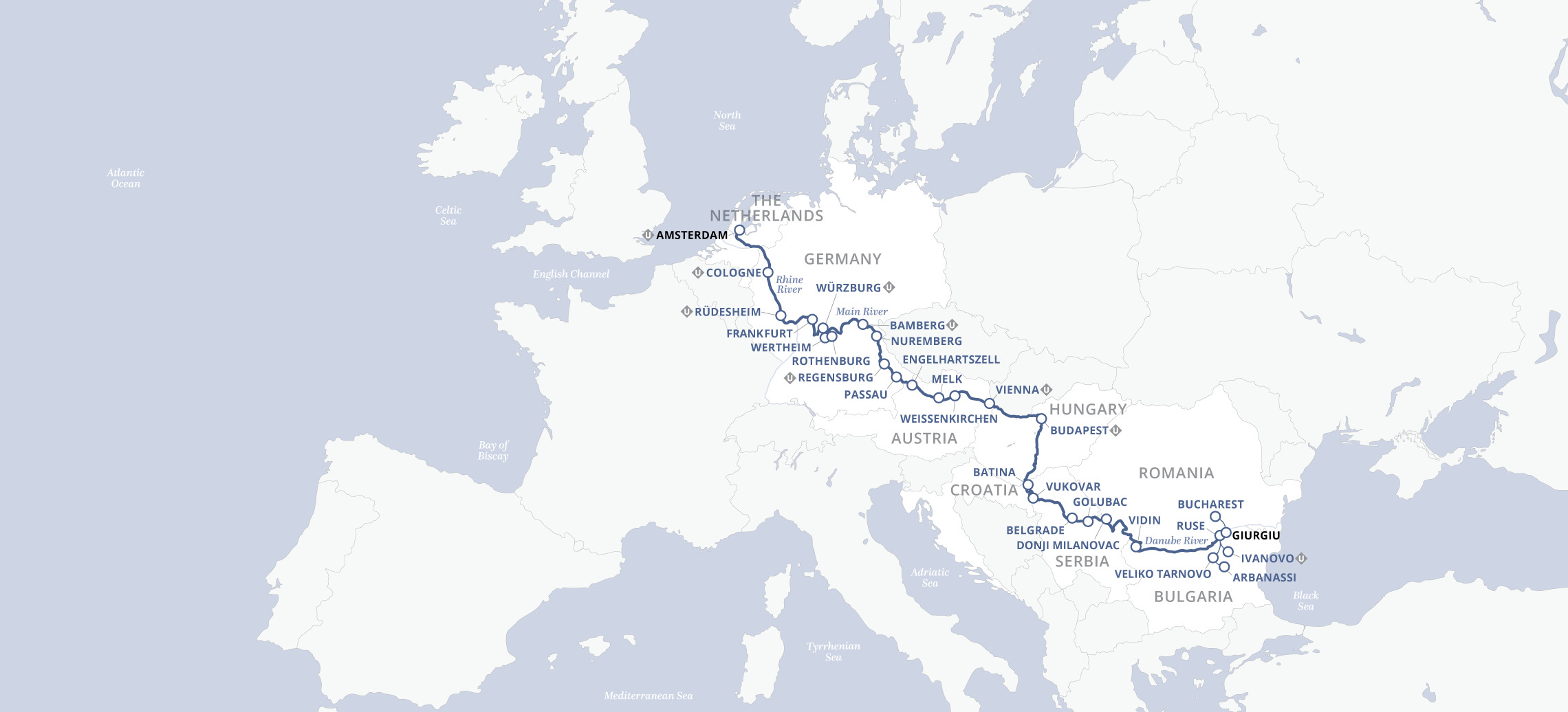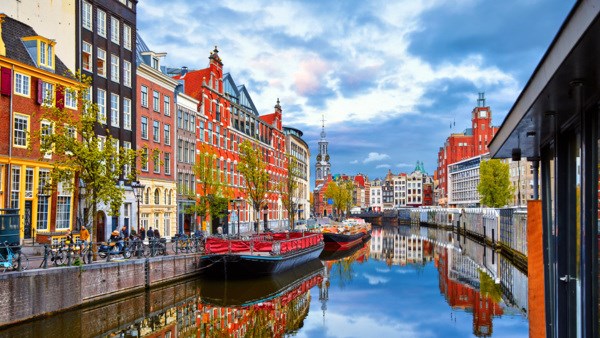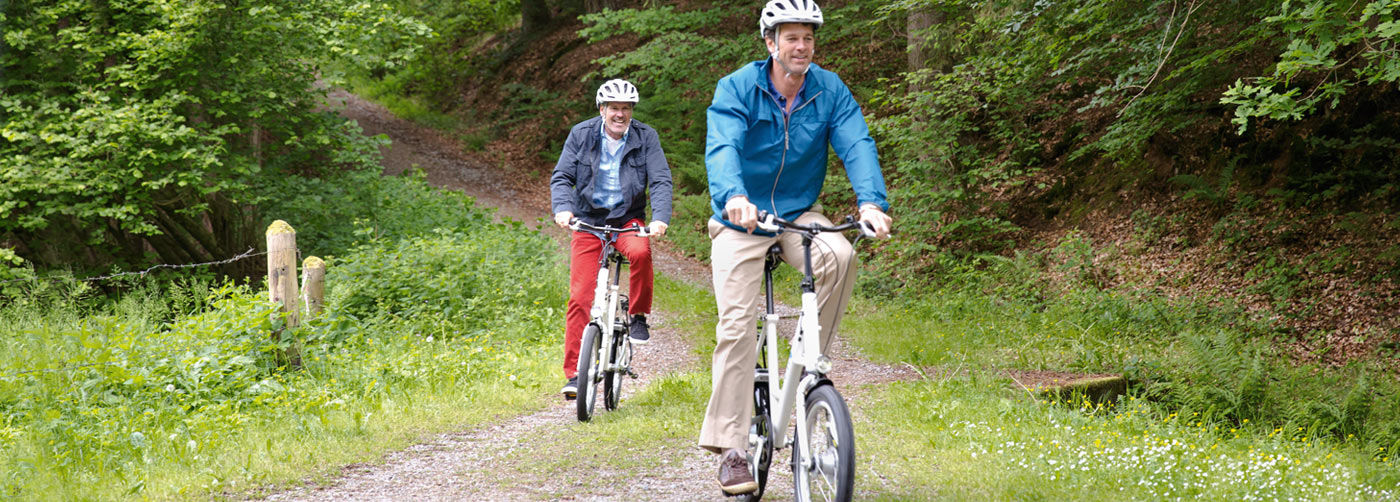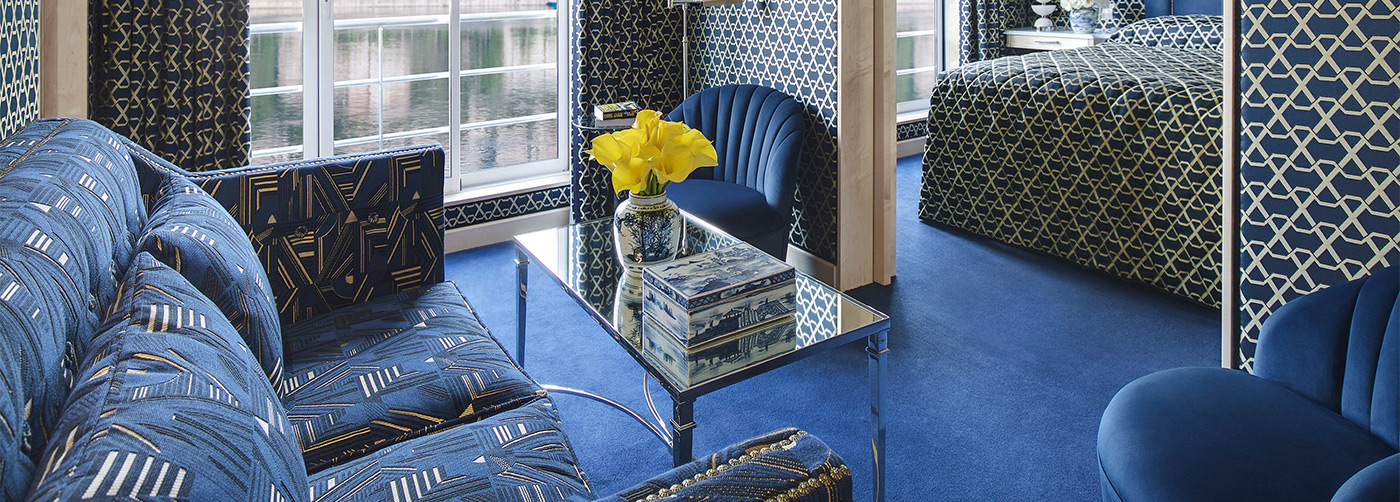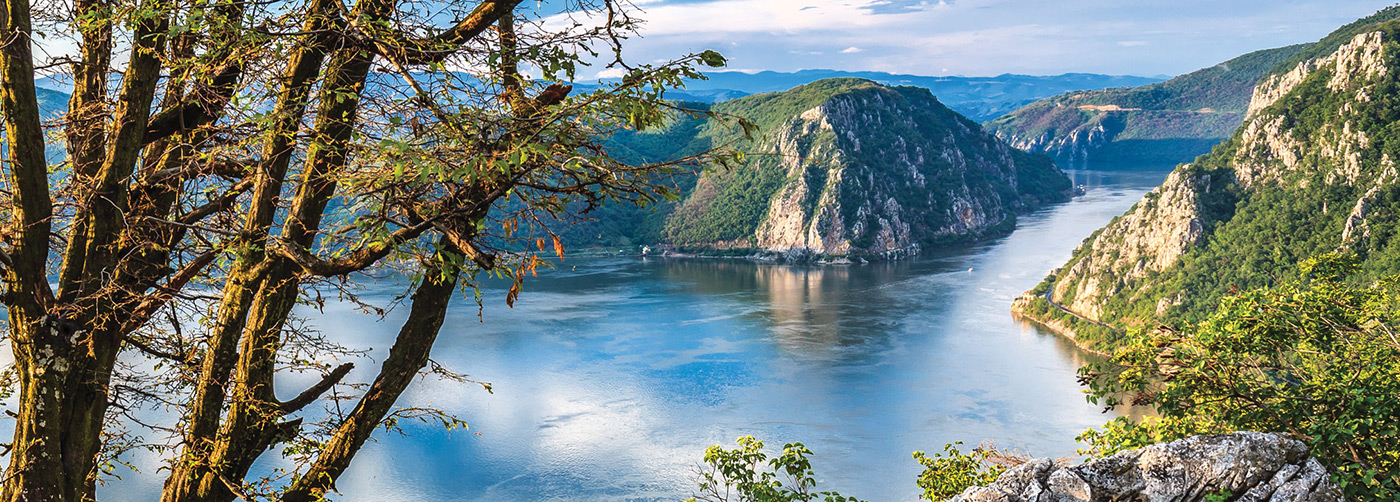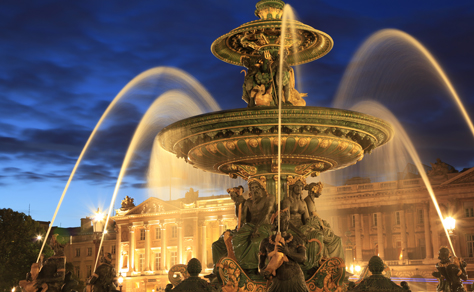-
25 days
-
8 countries
-
UNESCO
Discover the best of Europe on one grand journey from the North Sea to the Black Sea.
Prepare for the cruise of a lifetime as you travel the length of Europe through eight nations, exploring wonders of the Old World and the New, the East and the West.
Sail the romantic Rhine, the serene Main and the captivating Danube, witnessing dazzling natural beauty and incomparable architectural feats. Visit no fewer than five capital cities (Amsterdam, Vienna, Budapest, Belgrade and Bucharest) and a dozen towns and villages, with time to explore each. Enjoy numerous UNESCO World Heritage sites, including the castle-dotted Upper Middle Rhine Valley and the magnificent Cologne Cathedral.
From Amsterdam to Bucharest, you’ll visit the best of Europe with its spectacular architecture and stunning history on this truly remarkable journey.
Ultimate European Journey is a combination of Highlights of Eastern Europe and European Jewels.
